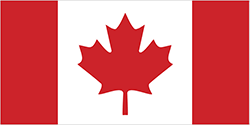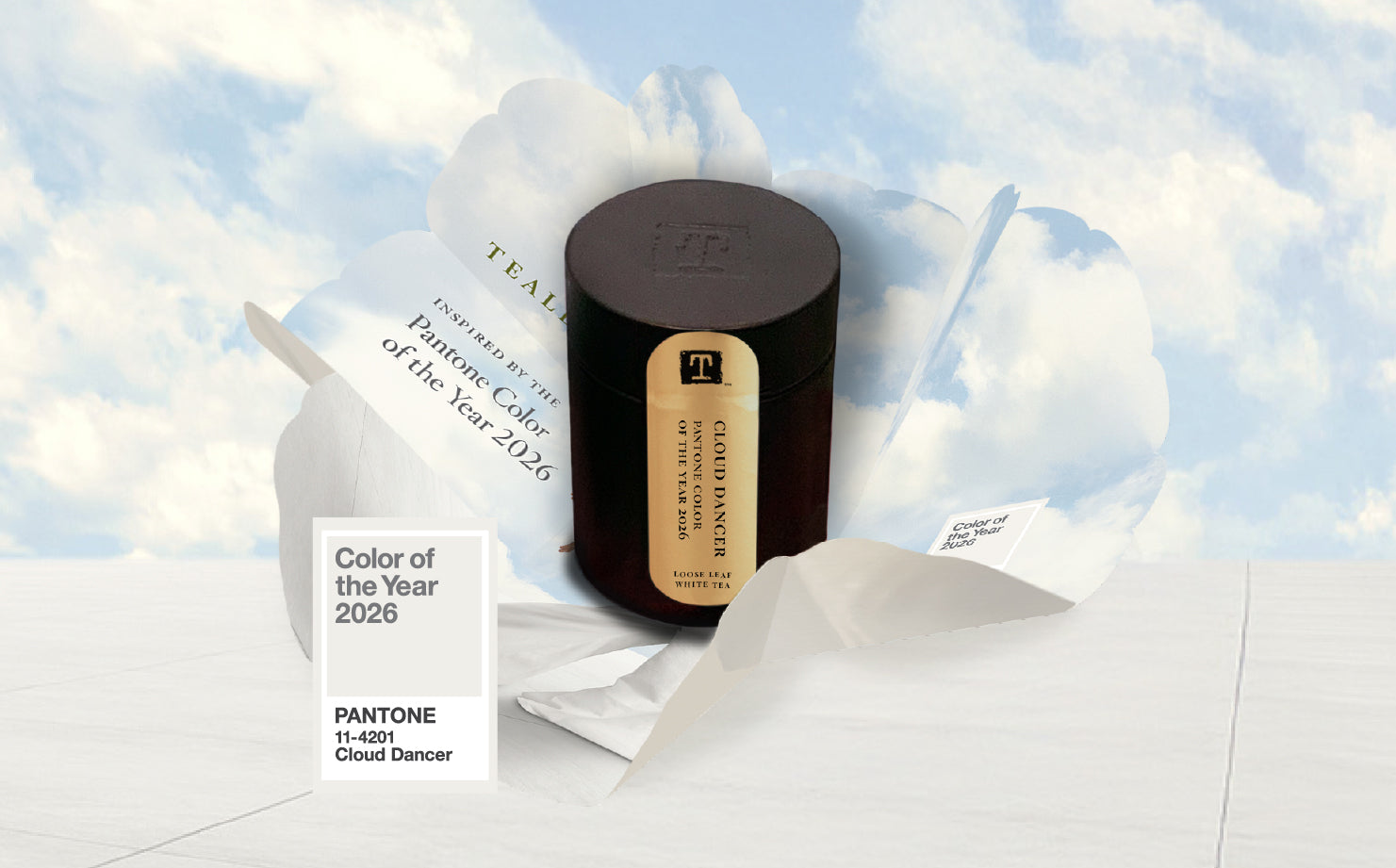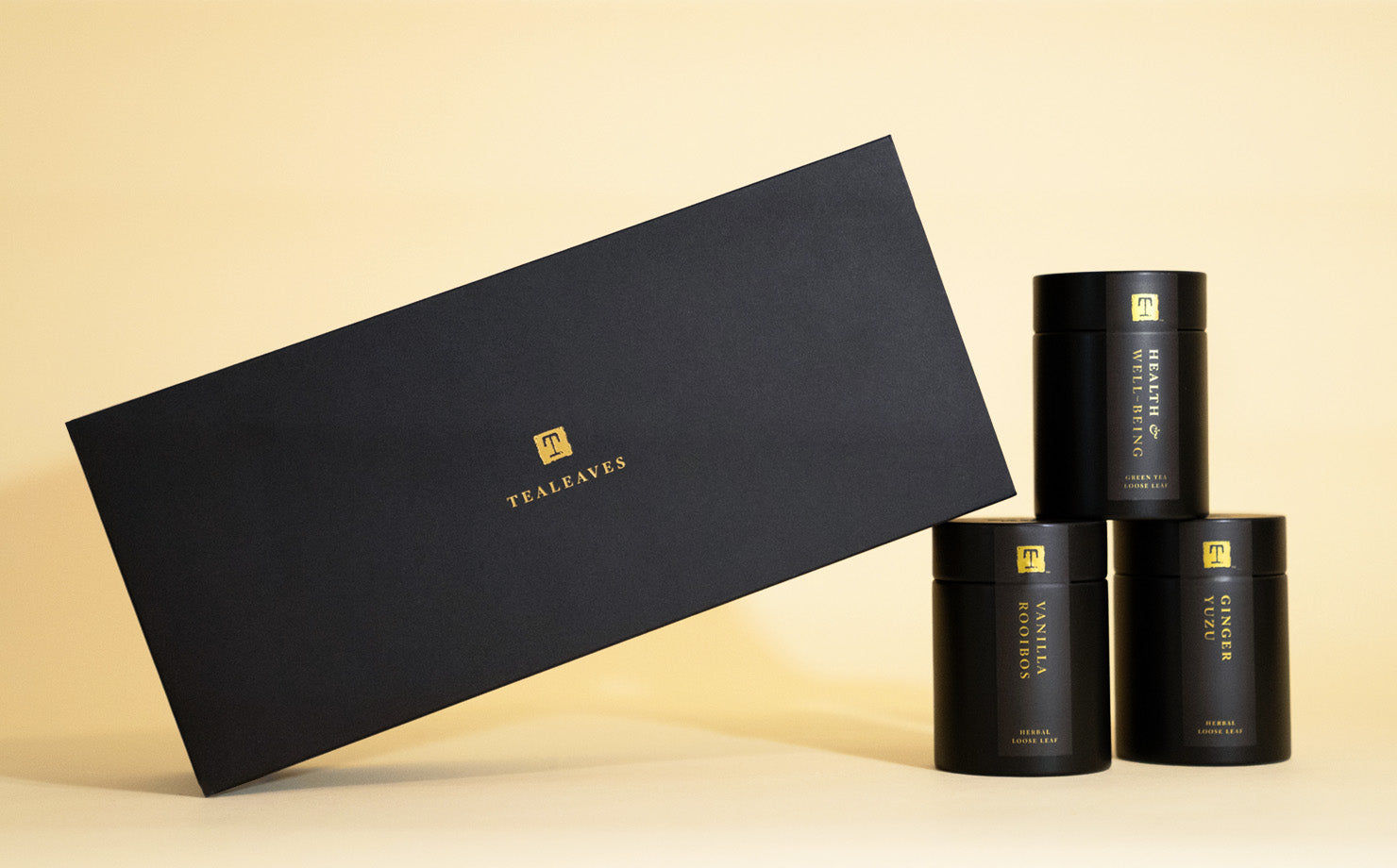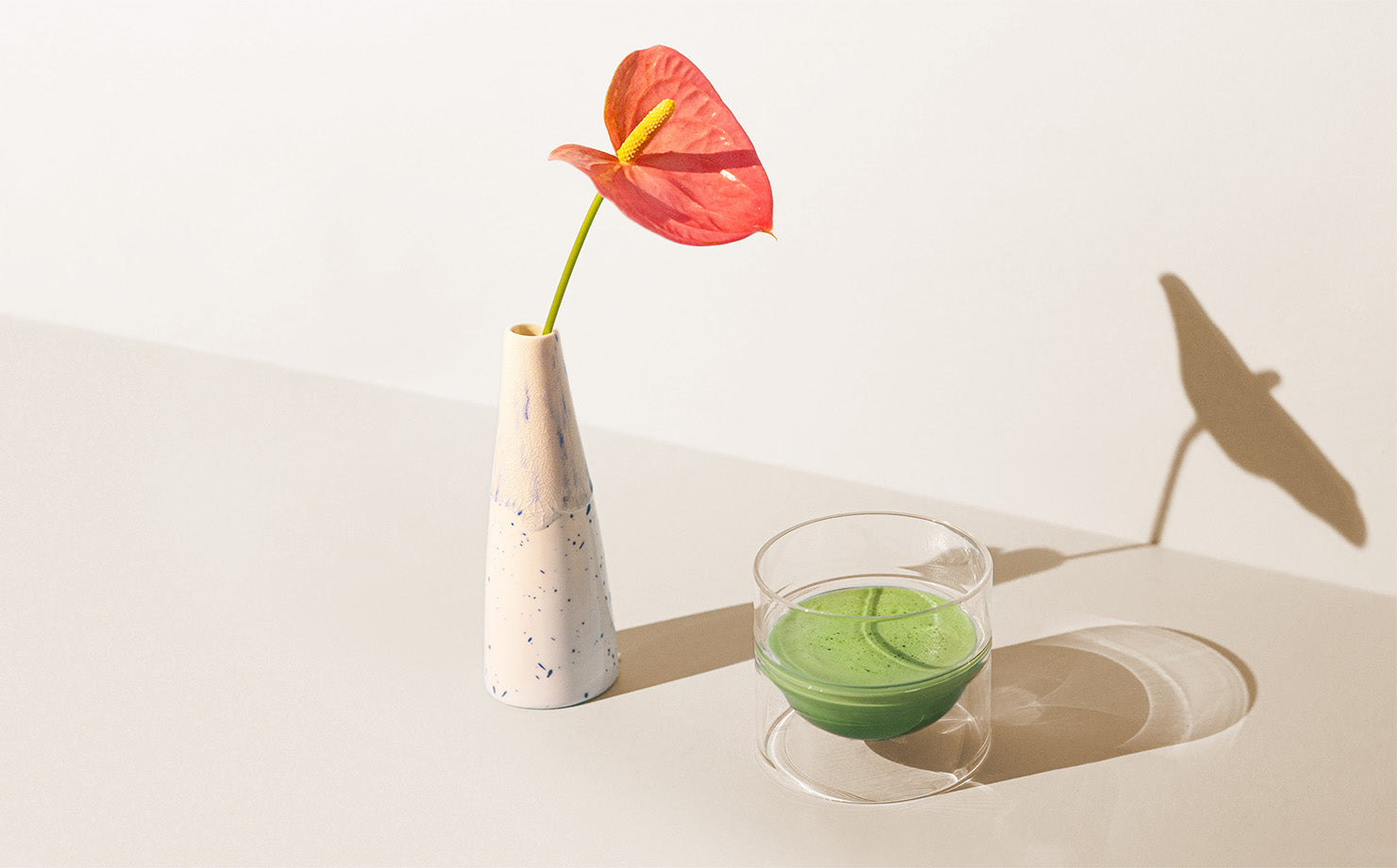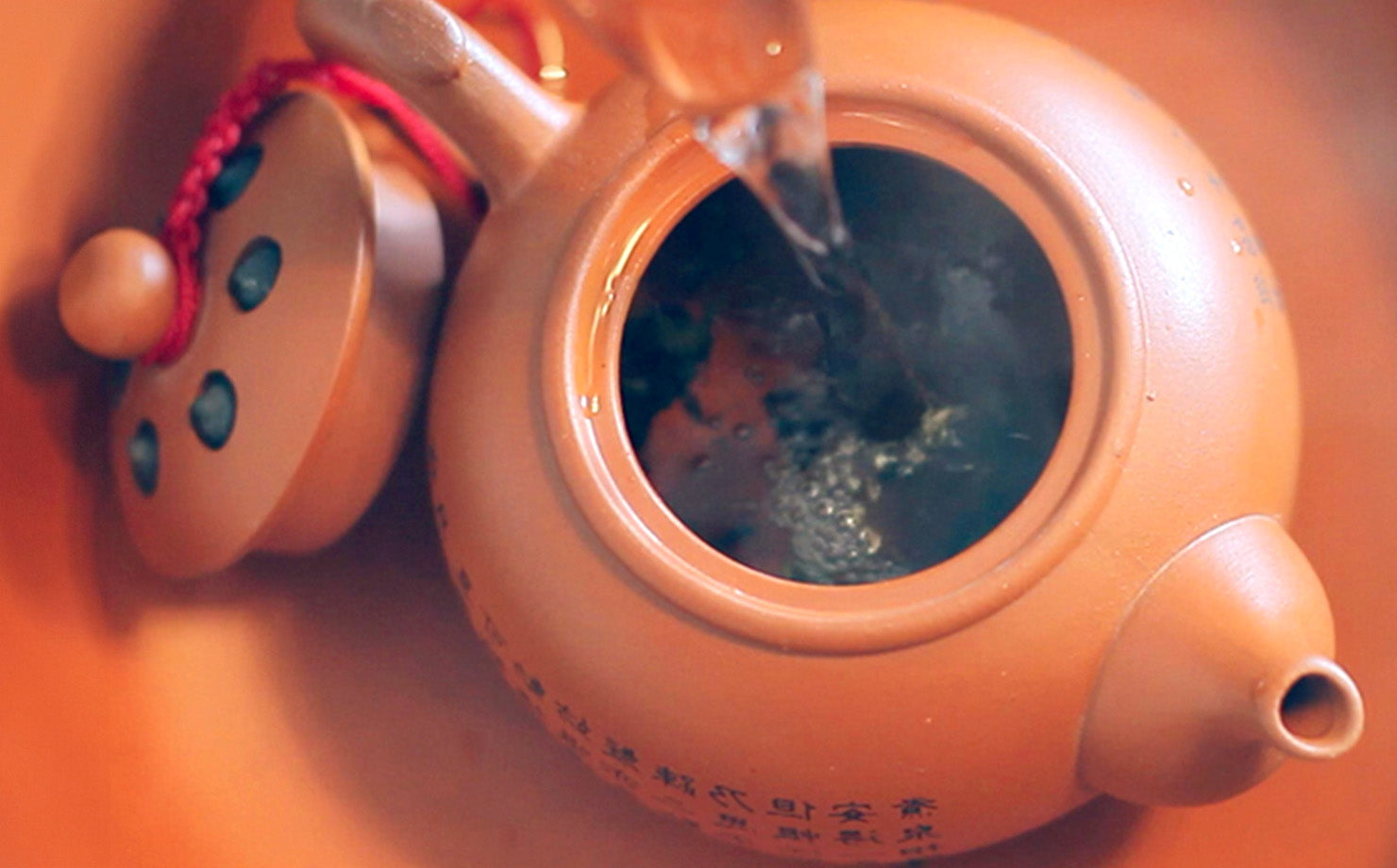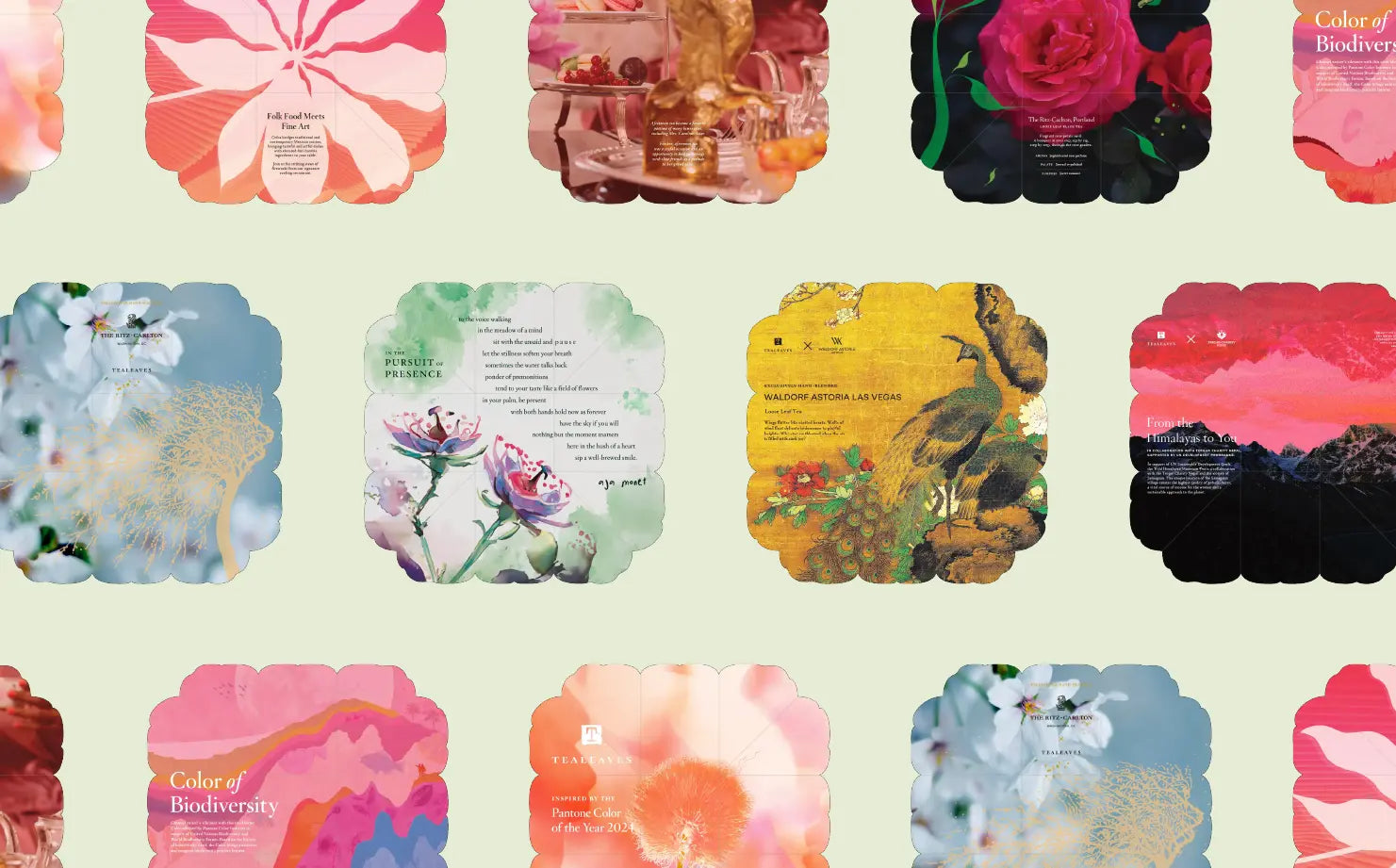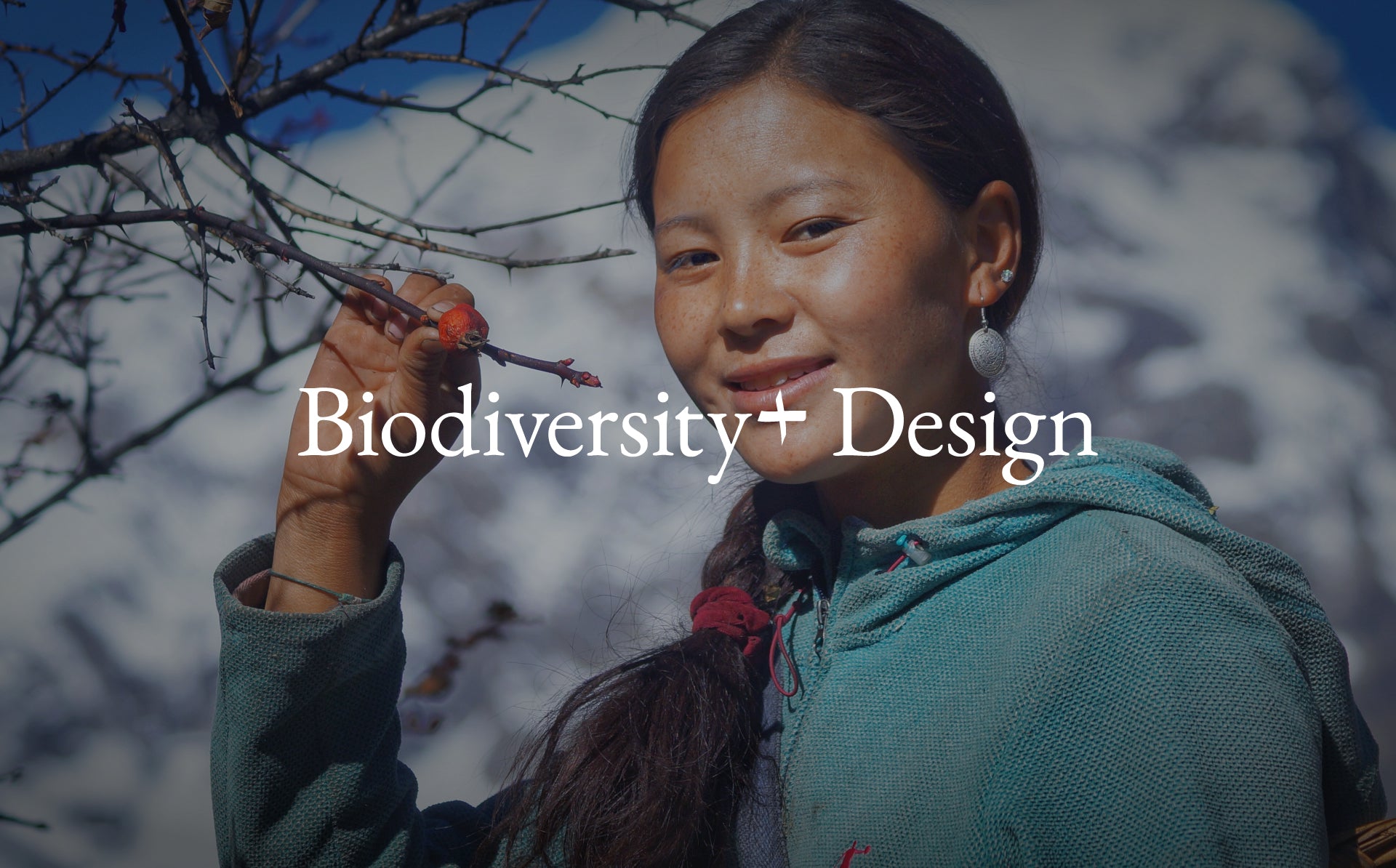As we rapidly approach 2 degrees of warming, the need for drastic climate action cannot be ignored. Informed by the current environment we live in and the ever changing effect we are having on the planet, we embarked on this journey questioning how our tastes can be used as a powerful tool to create positive impact, and not simply a sense we succumb to.
“How do you help people change behaviors when they feel utterly stuck in bad habits? Oftentimes the why trumps the how. I was never taught that in medical school.”
DR. DAVID EISENBERG MD
DIRECTOR OF CULINARY NUTRITION AT
HARVARD T. H. CHAN SCHOOL OF PUBLIC HEALTH
In a world where we trust food that comes in a plastic package with a nutrition label more than when it sprouts up at our feet; where doctors prescribe medication but cannot prescribe healthful meals; where caviar and foie gras are the pinnacle of luxury and staple products are judged for their shelf life rather than their nutritional density… The hidden costs are so much more than the price we pay.
Through the voices of physicians, farmers, foragers and fisherman, designers, educators and journalists our project In Good Taste shines a spotlight on how our monoculturalistic desires for food, fashion and more are unsustainable and unhealthy. The road to reclaiming your own tastes is cultural and complex and the strategies are anything but singular.
Origin
Six years ago, we decided to take a deep dive into palate and explore the importance of each facet of the palate experience. To us, as blenders, we have always defined palate as color, aroma and taste, always looking to balance and optimize each element to create the ultimate tea drinking experience.
When we began this exploration, we anticipated that we would develop new learnings that would alter our current methods and refine our perception of palate, but we did not estimate just how much our mindset would shift and change.
Following Color, where we investigated color strategy in design, then Aroma, that sought to promote inclusive design through the sense of smell, In Good TASTE examines the role that we can play as tastemakers to redefine what eating and living ‘in good taste’ truly means.
Evolving Tastes
A NEW LUXURY FOR A NEW NORMAL
Luxury companies and designers in food and beverage play a crucial role in determining what is in "good taste". Traditionally, luxury has meant creating products, services and experiences that are unique, resource intensive and often costly to the earth. Our reputation was forged in blending rare, expensive ingredients to create the most exceptional tea drinking experiences. As tea blenders, we have witnessed the impacts of climate change first hand.
Over the course of the past few years, that definition of luxury has changed for us, and so too have our tastebuds. We traveled the world interviewing renowned experts in medicine, health and nutrition, environmental science, anthropology, design and agriculture asking them what eating 'in good taste' means to them.
Tastebuds Refined
To share these learnings with you we have created the In Good Taste documentary so that you can have access to the insights that will allow you to take control of your taste.
Our documentary, ‘In Good Taste’ explores how we can be empowered – to make conscious choices, where there is wellness for us and wellness for the planet. Those who grow the food, those who eat it, and those who move the food between the two – must all be connected in a social movement that honours the deep symbiotic relationship between culture and the environment that created agriculture in the first place. Our current globalized and industrialized food system does not provide convincing evidence that it is sustainable in any of the three aspects of sustainability (economic, social or environmental) (Gliessman, 2007; 2015). With a deep understanding of what a holistic, ecological view of the food system can be, the change needed to restore sustainability to food systems can occur.


